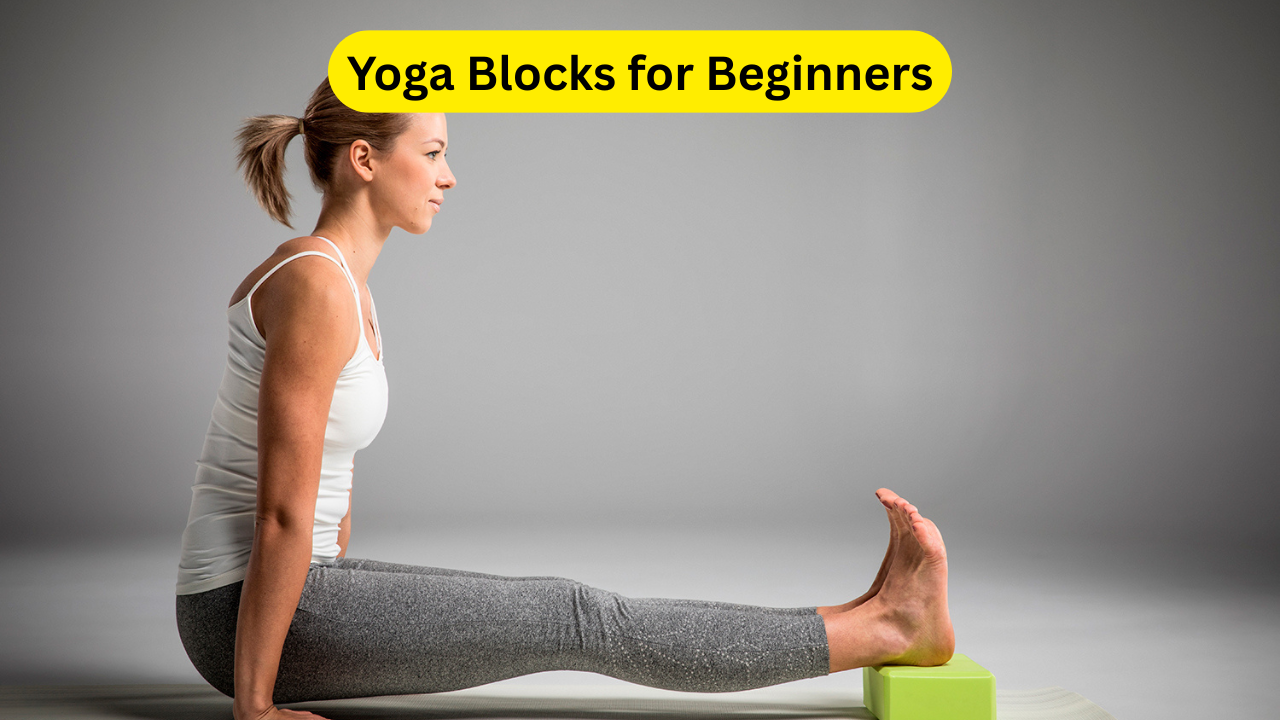Yoga Poses for Digestion and Bloating: Digestive issues such as bloating, indigestion, and stomach discomfort have become common problems in today’s fast-paced lifestyle. Poor eating habits, stress, and lack of physical activity contribute to digestive problems, affecting overall health and well-being. When digestion is compromised, it can lead to discomfort, sluggishness, and even chronic gastrointestinal issues.
Yoga, with its holistic approach, offers a natural and effective solution to enhance digestion and relieve bloating. Unlike medications that only provide temporary relief, yoga works by improving overall gut health, reducing stress, and promoting mindful eating. Incorporating specific yoga poses into your daily routine can help stimulate digestion, regulate bowel movements, and alleviate discomfort caused by bloating.
In this comprehensive guide, we will explore the connection between yoga and digestive health, highlight key yoga poses that improve digestion and relieve bloating, and provide step-by-step instructions on how to perform them correctly. Whether you are a beginner or an experienced yogi, these poses can be easily incorporated into your routine to promote better digestive function and overall well-being.
Click here: Taiji Yoga: A Comprehensive Guide to the Fusion of Tai Chi and Yoga
The Connection Between Yoga and Digestive Health
How Yoga Affects Digestion
Yoga is not just a form of physical exercise; it is a practice that integrates the body, mind, and spirit. When it comes to digestive health, yoga works on multiple levels:
- Physical Benefits: Yoga poses involve stretching, twisting, and compressing different areas of the body, particularly the abdomen. These movements massage the digestive organs, enhance blood flow, and promote peristalsis (the movement of food through the digestive tract). This helps reduce bloating, constipation, and indigestion.
- Breathing Techniques (Pranayama): Deep breathing exercises in yoga activate the parasympathetic nervous system, promoting relaxation and supporting the body’s “rest and digest” function. Proper breathing techniques help alleviate stress-related digestive issues such as acid reflux and irritable bowel syndrome (IBS).
- Stress Reduction: Chronic stress is a major contributor to digestive problems. Stress can slow digestion, cause inflammation, and disrupt gut bacteria balance. Yoga helps manage stress by calming the nervous system, reducing cortisol levels, and improving mental clarity.
- Detoxification: Certain yoga poses stimulate the liver and kidneys, aiding detoxification and improving digestive efficiency. Detoxifying the body helps in reducing bloating and maintaining a healthy gut.
- Mindful Eating: Yoga promotes mindfulness, which extends to eating habits. Being mindful of what and how you eat can help prevent overeating, reduce bloating, and improve digestion.
Best Yoga Poses for Digestion and Bloating Relief
1. Apanasana (Wind-Relieving Pose)
Apanasana is an excellent pose for relieving gas and bloating. It helps massage the intestines and promote the expulsion of trapped gas.
How to Do It:
- Lie on your back with your legs extended.
- Bring your knees to your chest and hug them with both arms.
- Hold the position for 30 seconds while taking deep breaths.
- Release and repeat 2-3 times.
2. Paschimottanasana (Seated Forward Bend)
This pose stimulates the abdominal organs, reduces stress, and enhances digestion.
How to Do It:
- Sit with your legs extended straight in front of you.
- Inhale and raise your arms up.
- Exhale and bend forward, reaching for your toes.
- Hold for 30 seconds and return to the starting position.
3. Pavanamuktasana (Gas Release Pose)
This pose effectively relieves bloating and stimulates bowel movements.
How to Do It:
- Lie flat on your back.
- Bend one knee at a time, bringing them towards your chest.
- Wrap your arms around your knees and hold for 20-30 seconds.
- Release and repeat on the other side.
4. Twisting Poses (Ardha Matsyendrasana – Seated Spinal Twist)
Twists help detoxify the body and improve digestion by massaging the internal organs.
How to Do It:
- Sit with your legs extended.
- Bend your right knee and place your right foot outside the left thigh.
- Place your right hand behind you and your left elbow on your right knee.
- Twist your torso to the right and hold for 20-30 seconds.
- Repeat on the other side.
5. Balasana (Child’s Pose)

This pose relaxes the abdominal muscles and promotes deep breathing for better digestion.
How to Do It:
- Kneel on the mat and sit back on your heels.
- Extend your arms forward and rest your forehead on the floor.
- Breathe deeply and hold the position for 30 seconds.
Also read: Royal Enfield Classic 350: A Timeless Legend with Modern Upgrades
Yoga Poses for Digestion and Bloating Conclusion
Yoga is a powerful natural remedy for digestive issues, offering both immediate and long-term benefits. By incorporating yoga into your daily routine, you can enhance gut health, reduce bloating, and improve overall well-being.
The combination of physical movement, breathing exercises, and mindfulness makes yoga an effective holistic solution for digestion. Twisting poses massage the digestive organs, deep breathing activates the parasympathetic nervous system, and stress reduction techniques help prevent digestive distress.
Regular practice of these yoga poses can lead to a healthier digestive system. Whether you’re experiencing occasional bloating or chronic digestive issues, yoga provides an accessible and practical approach to relief. Consistency is key, so incorporating these poses into your routine can help you maintain digestive wellness.
Additionally, mindful eating and hydration are crucial for supporting digestion. Practicing yoga not only improves digestive function but also encourages awareness of dietary choices, promoting a healthier lifestyle.
Ultimately, yoga serves as a powerful tool for achieving balance in the body and mind. By integrating yoga with proper nutrition and stress management, you can create lasting digestive health and overall well-being.
Yoga Poses for Digestion and Bloating FAQs
1. How often should I practice yoga for better digestion?
Practicing yoga for digestion at least 3-5 times per week can provide noticeable benefits. However, even performing a few key poses daily can help relieve bloating and improve gut health. Consistency is key, and over time, you’ll develop a stronger and healthier digestive system.
2. Can yoga help with chronic digestive issues like IBS?
Yes, yoga can be beneficial for individuals with chronic digestive issues like irritable bowel syndrome (IBS). Stress is a significant trigger for IBS, and yoga helps manage stress through relaxation techniques and mindful breathing. Twisting and stretching poses also help regulate digestion and alleviate symptoms.
3. Are there specific breathing exercises that aid digestion?
Yes, pranayama (yogic breathing techniques) like deep belly breathing, Kapalabhati (skull-shining breath), and Anulom Vilom (alternate nostril breathing) can enhance digestion. These techniques activate the parasympathetic nervous system, promoting relaxation and optimal digestive function.
4. What is the best time to practice yoga for digestion?
The best time to practice yoga for digestion is in the morning on an empty stomach or at least 1-2 hours after a meal. Morning practice can stimulate the digestive organs, while evening sessions can help relieve bloating and aid digestion after meals.
5. Can yoga replace medical treatment for digestive issues?
While yoga is an effective complementary therapy for digestive health, it should not replace medical treatment for serious digestive conditions. If you experience persistent or severe digestive issues, consult a healthcare professional. Yoga can be used alongside medical advice to enhance digestion and overall well-being.







